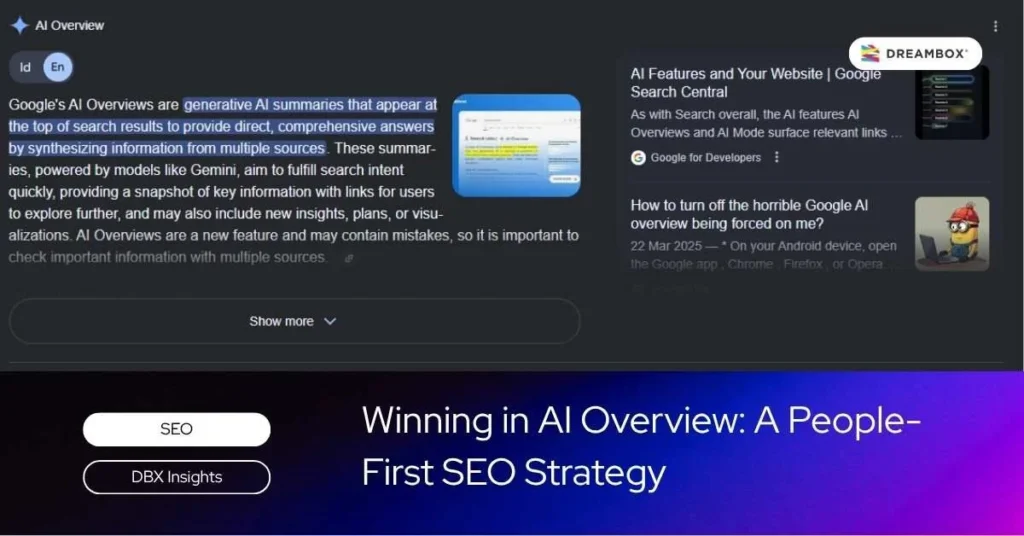SEO-friendly content is inseparable from the role of metadata (a collection of data/information) within it. This includes the title tag, meta description, and more. Let’s explore the importance of metadata and common mistakes you should avoid.
By understanding this, you’ll be better equipped to enhance the quality and relevance of your SEO content. Keep reading to explore how professional SEO services can support your goals!
What is Metadata?
Metadata refers to a set of data or information about other data, created to help manage and structure it effectively. Metadata can come in the form of text, images, videos, and other file types commonly found online.
Well-structured metadata allows users to identify and understand various objects or data scattered across the internet.
The Functions of Metadata in Business
Think of metadata like a library catalog—it organizes and provides information about all the content available. However, this is done digitally. Here’s how it functions:
Schedule a free 30-minute branding consultation session with our experts.
1. Identification
Metadata helps identify specific data or information, saving time when searching for digital assets your business needs.
2. Management and Organization
With the vast amount of data available online, metadata ensures effective management and organization of that information.
3. Finding Relevant Content
Metadata assists in locating the most relevant content for your business, increasing the chances of achieving your business goals.
4. Tracking and Monitoring Content Usage
Metadata also allows for tracking and monitoring how content is used—crucial for reaching your target market and executing effective content marketing strategies.
Types and Examples of Metadata
Now that you know the functions, let’s look at the types of metadata with examples:
1. Structural Metadata
Displays how content is organized. For instance, an e-book with chapters, sub-chapters, and an index.
2. Descriptive Metadata
Helps users discover information. Examples include article titles, author names, and keywords.
3. Preservation Metadata
Administrative metadata that ensures information is preserved over time. Example: file creation and modification dates.
4. Provenance Metadata
Provides information about the source of the data. Example: hyperlinks to original sources.
5. Administrative Metadata
Used to manage digital content. Example: copyright details, institution names, and content ownership.
6. Definitional Metadata
The final type of metadata is definitional metadata, which provides linguistic information and helps interpret meaning and context.
It is typically categorized into two types—schematic and semantic—which are commonly used in website metadata.
Understanding Metadata in Websites
Now that you understand the function of metadata, it’s time to explore how it works within a website. Metadata plays a crucial role in SEO-friendly content, helping ensure content relevance and quality for your business.
In the context of websites, metadata functions to inform users when they interact with search engines like Google.
6 SEO Metadata Types for Websites
SEO metadata for websites should include several features that describe the overall content. Here are the key features:
1. Meta Data Title (Title Tag)
This refers to the article title or website name that significantly impacts your content. The quality of this SEO metadata feature lies in having a compelling, descriptive title that includes keywords.
2. Meta Data Description (Meta Description)
An example of SEO metadata for websites includes a meta description feature, which contains a summary of the created content. Its function is explanatory only and does not influence content ranking in Google’s algorithm.
3. Meta Data Keywords (Keyword Tag)
The presence of keywords in SEO metadata helps determine the content’s placement in search engines. Metadata keywords allow search engines to understand your content.
4. Image Tags
An example of metadata on a site, image tags refer to the provision of alternative text descriptions to help understand image content.
5. Image Titles and Alt Attributes
Related to image tags, SEO metadata such as image titles and alt attributes define the alternative text in image form. The tag refers to the image, while refers to the alternative text for the site.
6. Schema Markup
An example of metadata that uses code on a web page. Its purpose is to provide additional context to search engines so the content appears more prominently.
How to Optimize Metadata for Effective SEO
Once you understand the SEO metadata features for websites, the next step is to learn how to optimize metadata for effective SEO. Here’s how:
1. Design an Optimal Title Tag
Design the title tag to be more optimal and aim to attract the reader’s attention. The title doesn’t need to be long but should be engaging and contain keywords.
2. Create an Engaging Meta Description
High-quality SEO metadata must include a compelling meta description. Write meta descriptions that are concise, clear, and straightforward.
3. Avoid Keyword Stuffing
High-quality metadata must avoid keyword stuffing. You can use a keyword density checker tool to help with this.
4. Ensure Metadata Relevance
Always pay attention to metadata relevance, which you can ensure by conducting information research or keyword searches.
5. Understand Character Limits
Characters that are too long or too short can reduce the efficiency of SEO metadata. For instance, the character limit for meta descriptions is ideally 155–160 characters.
6. Use Metadata Preview Tools
Preview tools help in structuring content for optimal SEO. One such example is a metadata preview tool website.
7. Utilize Schema Markup
Using metadata code (schema markup) is essential for optimizing your content in search engines. Examples include movie listings, articles, local business data, and more.
8. Audit and Update Metadata
Regularly audit and evaluate your SEO metadata. This helps ensure your content includes the most relevant and high-quality metadata.
9 Common Metadata Mistakes in SEO
Here are common mistakes frequently made in SEO metadata:
1. Not Including Meta Tags at All
Ignoring meta tags can affect your content’s search ranking. Always include meta tags in every article.
2. Meta Tags That Are Too Long or Too Short
Avoid meta tags that are excessively long or too brief, as this can interfere with search engine algorithms.
3. Duplicate Page Descriptions
Duplicate page descriptions harm your content quality. Always use relevant and original metadata for page descriptions.
4. Inaccurate or Irrelevant Meta Tags
Avoid this by researching appropriate meta tags that match your SEO article needs.
5. Meta Tags Targeting Irrelevant Keywords
Ensure metadata keywords are relevant and align with the entire content.
6. Meta Tags Targeting Too Many Keywords
Do not practice keyword stuffing if you want your content to stay visible. Ensure metadata keywords appear naturally and are well-distributed.
7. Meta Tags Burying Key Information
Neglecting key information in metadata is a serious mistake. Avoid writing content that isn’t focused on the main information.
8. Page Titles Missing Critical Information
Focus on creating titles that are catchy, concise, and to the point. Important information should be immediately visible to users.
9. Meta Descriptions That Don’t Drive Action
Avoid writing meta descriptions carelessly, as they can impact user actions and engagement. Write descriptions that are brief, informative, and engaging.
Maximize Your Website’s Potential with Our Professional SEO Services
So, leave your metadata concerns to Dreambox. We will maximize your website’s potential with professional SEO services.
Contact us and experience the benefits of precise, optimized, and targeted metadata! Visit our DBX Insight page to read more articles.












